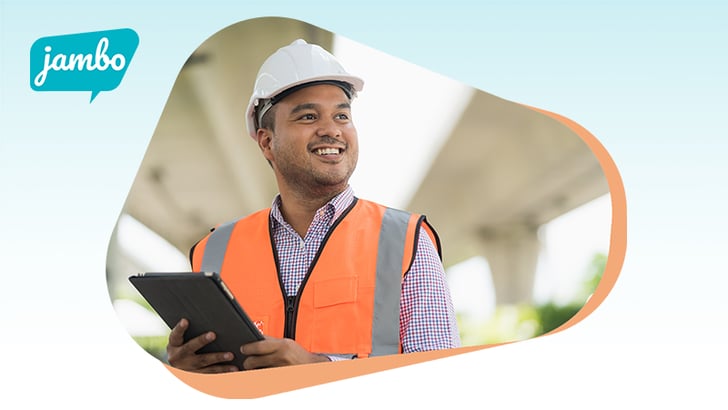
3. Comercio e industria
Los intereses del sector privado desempeñan un papel importante en el desarrollo y la explotación de las infraestructuras de transporte.
Los interesados:
- Transportation companies: airlines, bus companies, taxi operators, logistics firms, and other businesses that rely on or contribute to transportation systems.
- Manufacturers and suppliers: government policies regarding fuel efficiency standards, emissions regulations, and other issues impact vehicle manufacturers and suppliers.
4. Grupos y defensores del medio ambiente
Los grupos y defensores del medio ambiente abogan activamente por opciones de transporte sostenibles.
Los interesados:
- Sustainability initiatives: promote green transportation options like electric vehicles, public transit, or pedestrian-friendly infrastructure.
- Environmental Impact Assessments: environmental groups contribute to evaluating proposed transportation projects.
5. Sindicatos e iniciativas de desarrollo de la mano de obra
Los sindicatos y las iniciativas de desarrollo de la mano de obra se centran en proteger los derechos de los trabajadores, salarios justos, condiciones de trabajo seguras y prestaciones relacionadas con el empleo en el transporte.
Los interesados:
- Union representatives: unions advocate for worker rights, fair wages, safe working conditions, and benefits related to transportation employment.
- Workforce development initiatives: these initiatives, such as training or apprenticeship programs, may be groups you need to work with, depending on the transportation or infrastructure project.
6. Instituciones académicas y de investigación
Academic and research institutions contribute valuable insights on various aspects of transportation policy and infrastructure development. Their research can help inform recommendations aimed at improving transportation systems. They are a lesser-known stakeholder group, but could be a helpful resource to work with.
Áreas académicas de interés:
- Research findings: key research findings on transportation economics, urban planning, or technology adoption in transport can be helpful.
- Policy recommendations: Academic research can inform recommendations to improve transportation systems.
7. Grupos de interés público
Public interest groups advocate for public interest issues related to transportation policy and infrastructure development. They push for enhanced safety measures and equality in transportation access and services.
Los interesados:
- Safety advocates: groups that advocate for enhanced safety measures, such as improved road design or traffic enforcement strategies, should be engaged.
- Equality initiatives: initiatives promoting equality in transportation access and services, particularly in underrepresented communities or for those with disabilities.
8. Terratenientes y promotores privados
Los derechos de propiedad privada se entrecruzan con el desarrollo de infraestructuras de transporte. La adquisición de tierras y las indemnizaciones son cuestiones críticas en la planificación de proyectos de transporte.
Las partes interesadas
- Private landowners: Acquiring land for transportation projects means working with private landowners and addressing compensation issues for affected landowners.
- Local development agencies: these groups are interested in the impact of zoning regulations on the placement and design of transportation facilities.
9. Los medios de comunicación
Media outlets and journalists are crucial in reporting on transportation policy and infrastructure development. It's essential to consider the media as a stakeholder group and work with them to provide facts so you can control the messaging.
Cosas a tener en cuenta:
- Transportation coverage: various news organizations, including investigative reports or feature articles, cover transportation stories. Find out who the journalists working on these stories are and work towards building a relationship with them.
- Public image: media coverage contributes to public perception of transportation issues. You don't want the rumour mill to start, so work to control the messaging and issue media releases with facts.
10. Asociaciones y organizaciones internacionales
Las asociaciones y organizaciones internacionales pueden contribuir al futuro de los departamentos gubernamentales de transporte. Las tendencias de un país pueden influir en las políticas y prácticas de transporte de otros.
La parte interesada:
- International governments: You may collaborate with other nations in infrastructure planning, technology sharing, or policy harmonization.
Navegar por el complejo panorama de los departamentos de transporte
Los numerosos agentes que conforman los departamentos de transporte son diversos y complejos. Si conoce sus funciones e intereses, podrá relacionarse mejor con ellos, navegar por los entresijos de la toma de decisiones en materia de transporte y trabajar para crear infraestructuras y sistemas de transporte más sostenibles, equitativos y eficientes.







